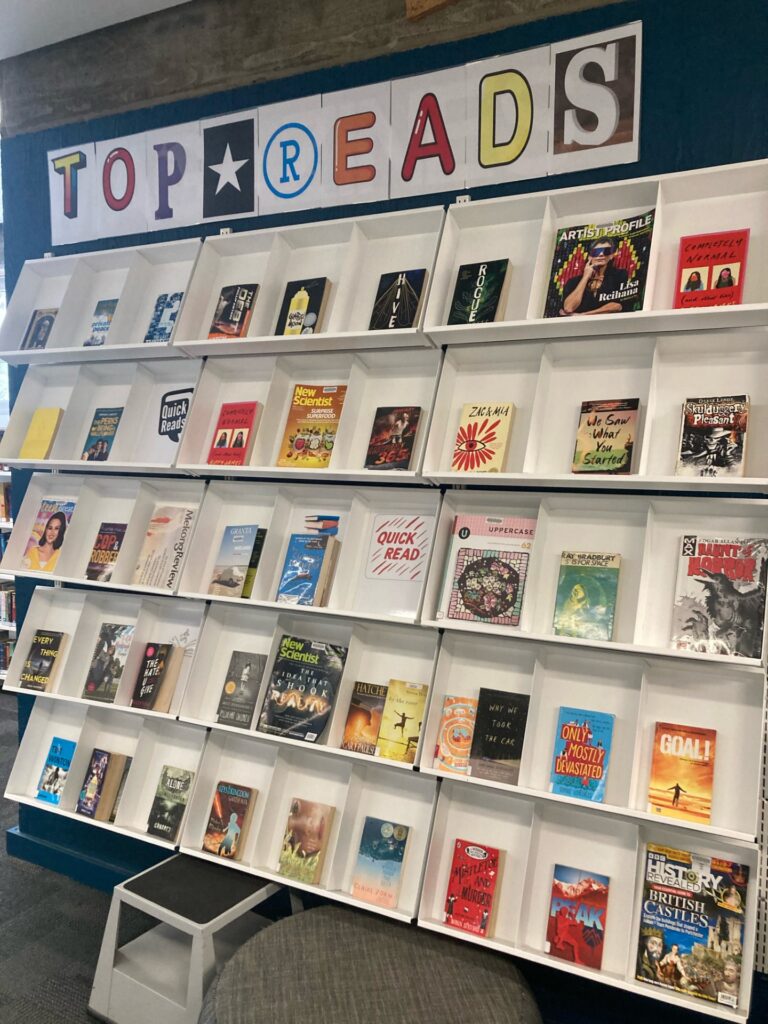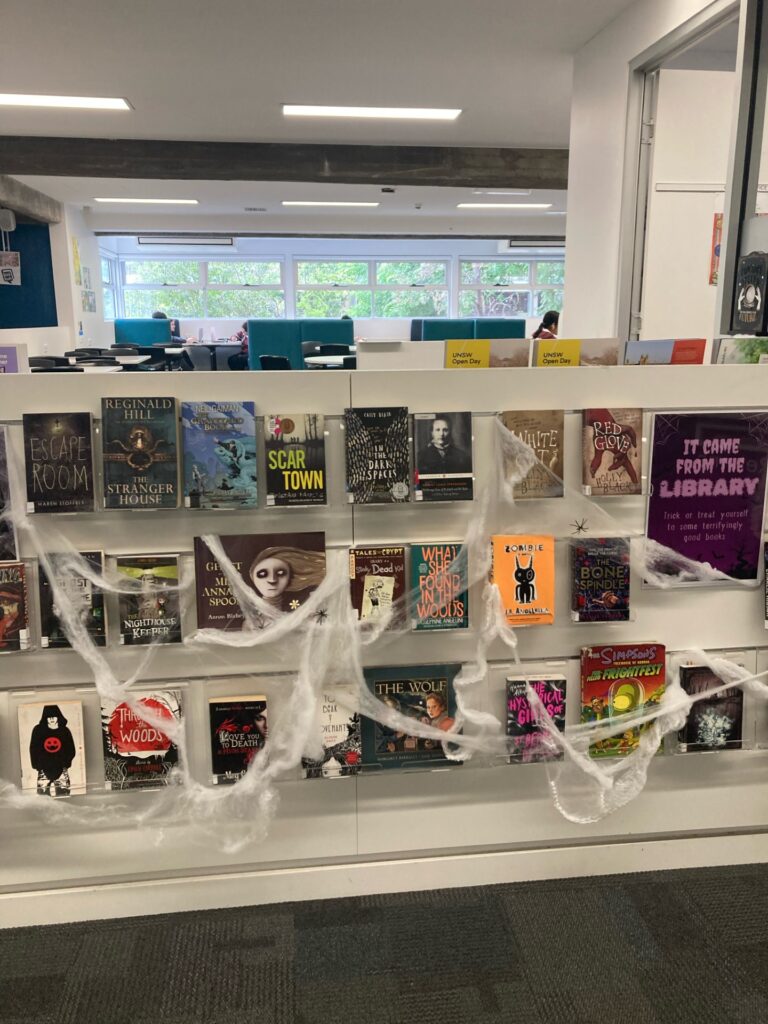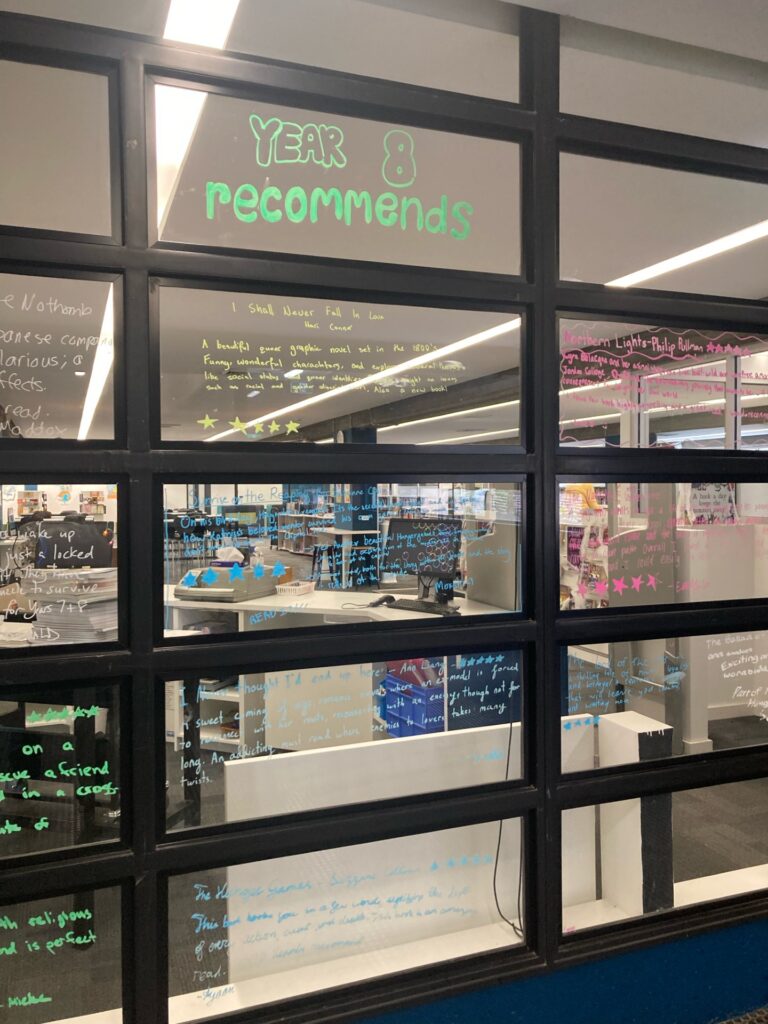
Book Talk
The Importance of the School Library
Fort Street High School Library is a beautiful space- just ask the students. And we believe it’s a critical space for promoting a haven for our young readers at recess and lunchtime- and a place to promote reading for pleasure. Recent surveys of Australian school libraries, however, have highlighted the decline in numbers of school libraries and a reduction in resourcing particularly of secondary school libraries. That’s a trend we are not witnessing at Fort Street High where the library and the borrowing of books are thriving and will continue to thrive.
The concept of the library is not new, libraries tracing back to ancient Mesopotamia in the Middle East. There, royalty from the Assyrian Empire amassed and stored large collections of clay tablets, with one such library in the 7th century BCE holding more than 30,000 items. Free access to books is a concept that arrived much later, from the mid-19th century. Our own State Library of NSW, while celebrating 200 years in 2026 as the oldest continuously operating library in Australia, evolved into the Sydney Free Public Library in 1869, opening its doors with a stock of approximately 20,000 volumes.
Australian and indeed global surveys reveal that school Libraries today are in decline as noted by Darcy Fitzgerald as recently as 24/10/2025 in ‘The Advertiser’. This is a dangerous trend because as libraries decline, student engagement with reading declines. The 2025 What Kids are Reading report, published by Renaissance Australia, examined the reading habits of almost 60000 students across 365 schools nationally. It found strong engagement for primary students but a notable drop in reading volume and comprehension in secondary schools. And experts time and time again reiterate, just 15 minutes a day can expose students to millions of words by the time they finish school and certainly leads to improved literacy outcomes. While we might throw our arms in the air moaning about distractions such as technology in the lives of teens, our job as educators and as parents isn’t to eliminate technology but to create ‘intentional spaces’ in libraries, in classrooms and in homes where deep attention and hopefully deep reading can flourish.
It’s great to celebrate Book Week, World Manga Day and more at Fort Street High- but promoting everyday reading in schools and at home is critical. The key is what Krashen (2001) refers to as ‘free voluntary reading’, students exercising choice in their wide reading. Peer participation is also a key strategy for building reader identity for adolescents, hence the need for book clubs, built in conversations about books, discussions in wide reading classes and more. And we need to remember, as neuroscientist Maryanne Wolf (2011) stresses, reading is essentially an ‘unnatural act’ to the brain. Which is why it is necessary to build reading as a skill through practice, repetition and developing what Wolf calls ‘deep reading circuits’. And that becomes a core mission for school libraries working in collaboration with homes.
Long live libraries and particularly long live school libraries. As T.S Eliot once said, “The very existence of libraries affords the best evidence that we may yet have hope for the future of man’.




